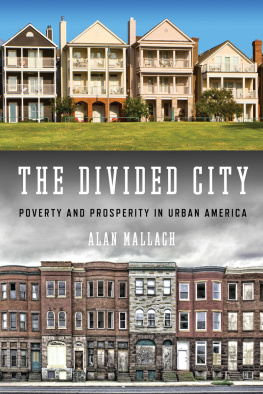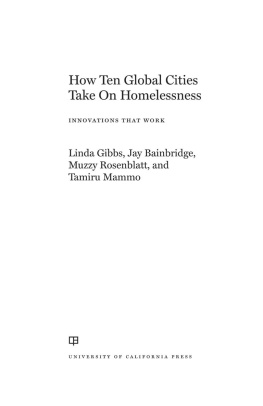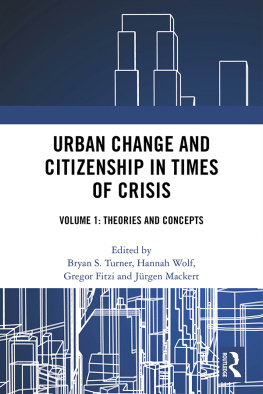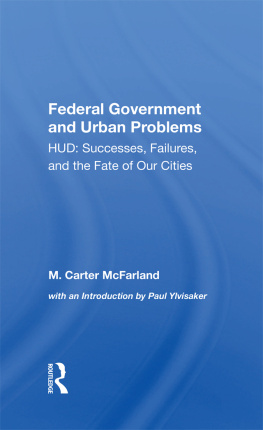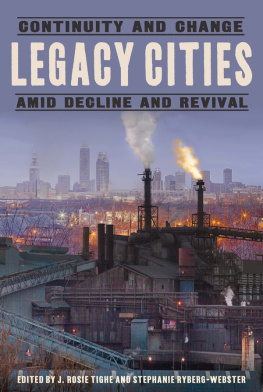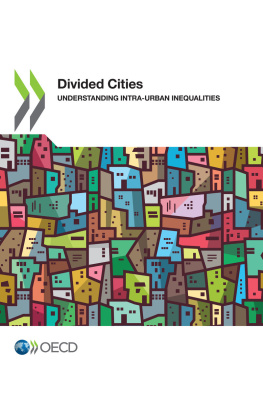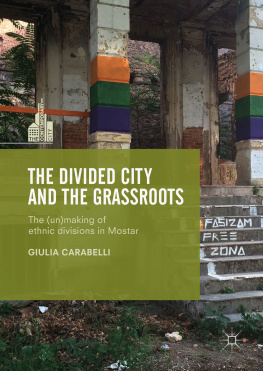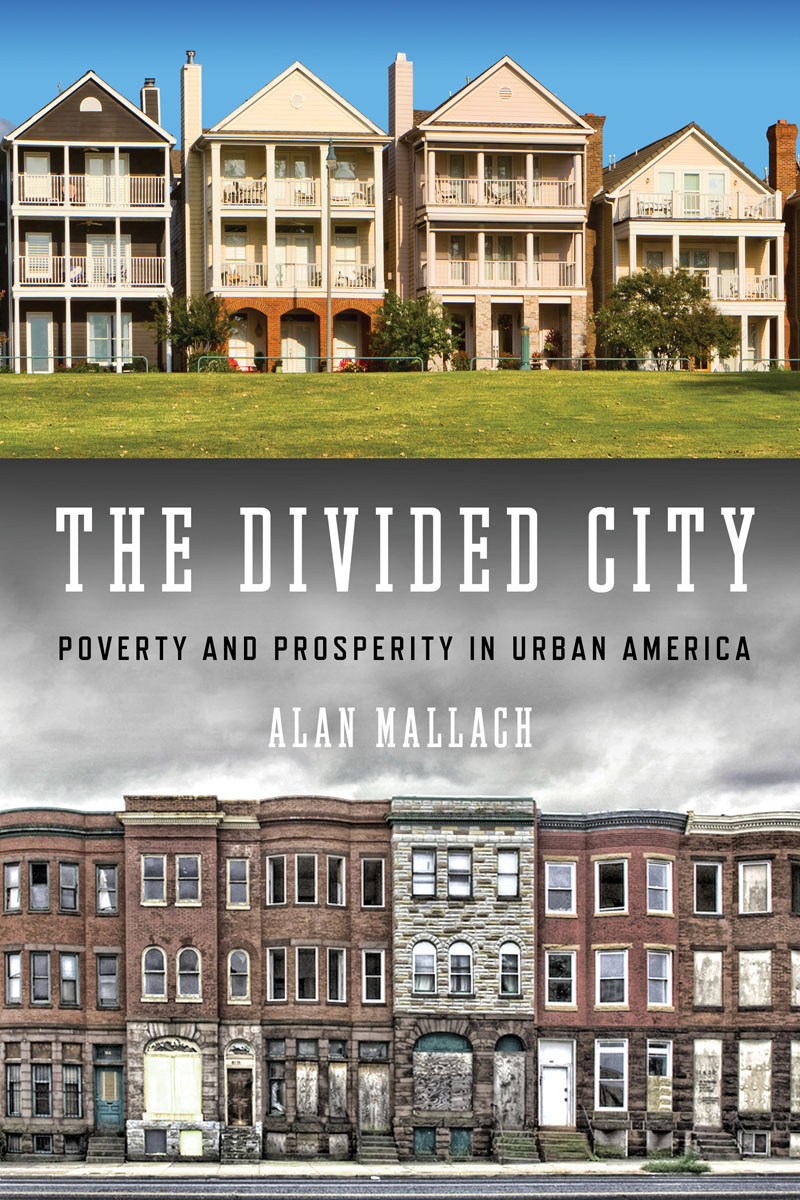
About Island Press
Since 1984, the nonprofit organization Island Press has been stimulating, shaping, and communicating ideas that are essential for solving environmental problems worldwide. With more than 1,000 titles in print and some 30 new releases each year, we are the nations leading publisher on environmental issues. We identify innovative thinkers and emerging trends in the environmental field. We work with world-renowned experts and authors to develop cross-disciplinary solutions to environmental challenges.
Island Press designs and executes educational campaigns, in conjunction with our authors, to communicate their critical messages in print, in person, and online using the latest technologies, innovative programs, and the media. Our goal is to reach targeted audiencesscientists, policy makers, environmental advocates, urban planners, the media, and concerned citizenswith information that can be used to create the framework for long-term ecological health and human well-being.
Island Press gratefully acknowledges major support from The Bobolink Foundation, Caldera Foundation, The Curtis and Edith Munson Foundation, The Forrest C. and Frances H. Lattner Foundation, The JPB Foundation, The Kresge Foundation, The Summit Charitable Foundation, Inc., and many other generous organizations and individuals.
The opinions expressed in this book are those of the author(s) and do not necessarily reflect the views of our supporters.

Island Press mission is to provide the best ideas and information to those seeking to understand and protect the environment and create solutions to its complex problems. Click here to get our newsletter for the latest news on authors, events, and free book giveaways. Get our app for Android and iOS .

Copyright 2018 Alan Mallach
All rights reserved under International and Pan-American Copyright Conventions. No part of this book may be reproduced in any form or by any means without permission in writing from the publisher: Island Press, 2000 M St. NW, Suite 650, Washington, DC 20036
Island Press is a trademark of The Center for Resource Economics.
Library of Congress Control Number: 2017958895
All Island Press books are printed on environmentally responsible materials.
Manufactured in the United States of America
10 9 8 7 6 5 4 3 2 1
Keywords: affordable housing, Cleveland, Detroit, displacement, eds and meds, gentrification, immigration, inclusion, industrial city, jobs, legacy city, millennials, mill towns, Philadelphia, Pittsburgh, poverty, public education, racism, real estate, small cities, St. Louis, transportation
Contents
Preface
The 1960s, the years when I went to college and entered the work world, were the era of the civil rights movement. They were also the era of urban renewal. The two came together for me when, as a Yale undergraduate, I joined the New Haven chapter of the Congress of Racial Equality and began to investigate the living conditions of people in neighborhoods undergoing urban renewal. I saw how the city was using federal dollars to buy up the homes of mostly poor people in mostly African American neighborhoods, and in the process had become the citys biggest slumlord. Hundreds of these people were living in squalor, neglected by the city, often without heat and other basic needs.
During those years, I also learned how pessimistic people in New Haven were about their citys future; I realized that for the citys politicians, urban renewal, even as it was undermining the citys neighborhoods, was a desperate roll of the dice in the hope that it might, somehow, alter what they saw as an otherwise inexorable path of decline. In those days, Yale was far from the economic powerhouse it is today. Officials saw no alternative other than to double down on what New Haven, in their eyes, had always beenan industrial city with a busy commercial downtown. Local officials convinced the citys two department stores to move to shiny new buildings, and persuaded some of the citys remaining factories to move to shiny new industrial parks, all on land cleared with federal dollarsbut it didnt last. During the seventies and eighties the department stores closed, as did most of the factories.
When I think back to the sixties and seventies, I remember how daunting, even hopeless, the fate of the cities seemed. With riots seemingly a fixture of the urban landscape, whites fleeing the cities, and suburban shopping malls and office parks filling up with the stores and companies that had once been downtown, older cities all seemed to be on the same path of inexorable decline. As for myself, I spent much of my time during the seventies and eighties trying help poor people escape from the cities, by fighting suburban zoning barriers and trying to build affordable housing in the places to which those stores and companies had moved.
That changed in the nineties, when I went to work for the City of Trenton, New Jersey, as its director of housing and economic development. Despite being New Jerseys state capital, Trenton was basically an old factory town; in fact, it was much like New Haven without Yale. Once a manufacturing powerhouse, by 1990 it had lost most of its factories along with one-third of its population, and its downtown stores had gone out of business or decamped for suburban malls on Route One. I could no longer think of cities like Trenton as someone elses problem. Now they were my problem.
What I did and didnt do is not part of this story; I had some successes and some failures, got some things right and some things wrong. I also learned a lot about what was going on in Trenton and similar cities elsewhere in the United States, and I developed a fierce conviction that these places mattered. I left Trenton in 1999 after eight years on the job. Since then Ive been spending most of my time visiting Americas older once-industrial citiesas well as quite a few in Europelistening to people, looking at a lot of data (Im a numbers geek), and thinking and writing about them. Its been a great experience. Ive seen a lot of interesting places, and made a lot of wonderful friends. From the beginning, though, I spent most of my time not in glamorous cities like New York or San Francisco, but in gritty cities like Detroit, Cleveland, Baltimore, and Flint. This book is about those cities, and it comes out of that experience.
I started my travels right at the turn of the millennium. At that point, there were a lot of signs that things might be picking up. More people were buying houses in cities like Newark and Cleveland. Property values were moving up. In 2000, I went to a forum in Washington, DC, held by the now-long-defunct Fannie Mae Foundation, where I heard one of the top housing market researchers in the county tell us that the cities had the wind at their back for the first time in recent memory. Only a few years later, though, it was becoming increasingly clear that a lot of that wind was coming from speculation and the subprime lending frenzy. Subprime mortgages grew rapidly as a part of the urban housing market starting around 2000, driving home prices in a lot of cities to levels that could not possibly be supported by the people living there. All of that came crashing to an end around 2006 or 2007.
At that point, with home prices plummeting and foreclosures rising exponentially, a lot of people wondered what would happen to the nascent urban boom. True, not everything I and others had observed during the previous years was fluff. Developers were rehabbing old factory buildings in Clevelands Warehouse District and along Washington Avenue in St. Louis, putting up new houses in Chicagos Wicker Park, or constructing new apartment buildings in Center City Philadelphia. People, mostly young and childless, were moving into these places, and new stores and restaurants catering to their tastes were opening around them. Still, as foreclosures mounted, banks retrenched, and the nation fell into the Great Recession, I wasnt the only one wondering whether the first years of the new millennium would turn out to be just one more short-lived blip on the long downward urban trajectory that had begun after World War II.
Next page
